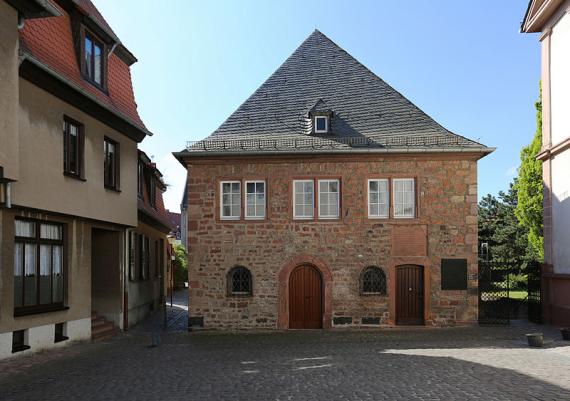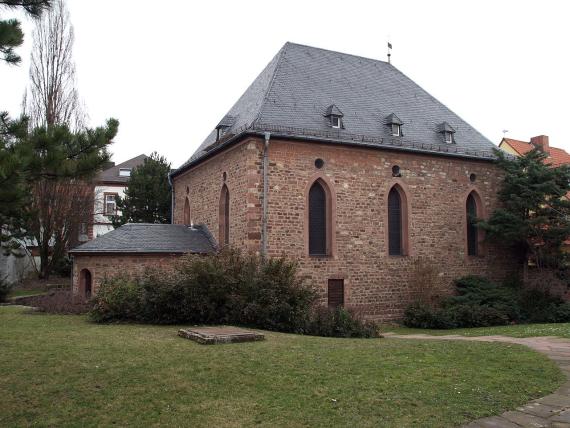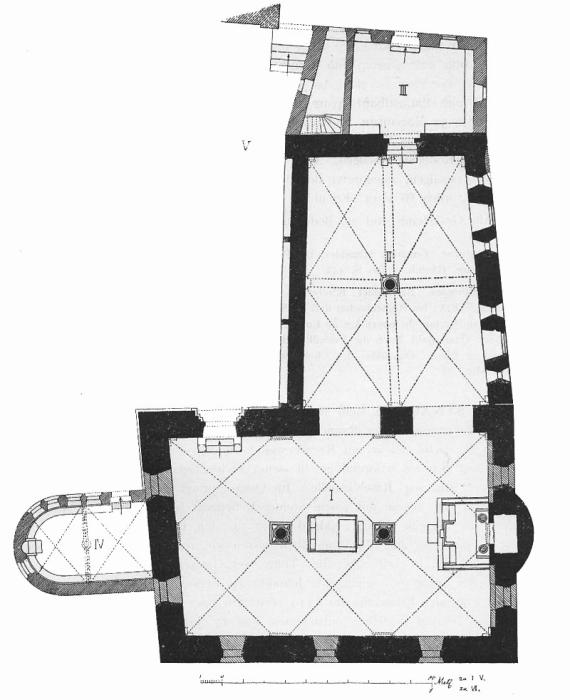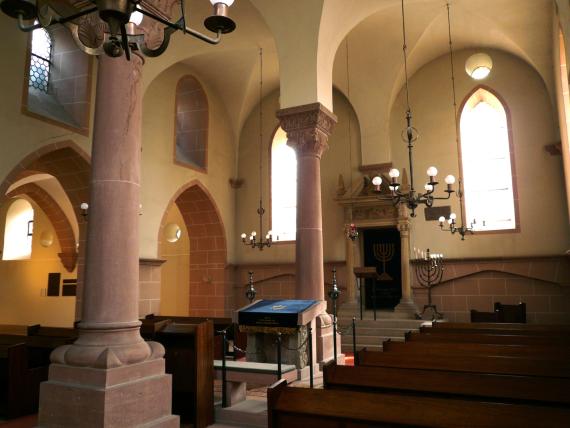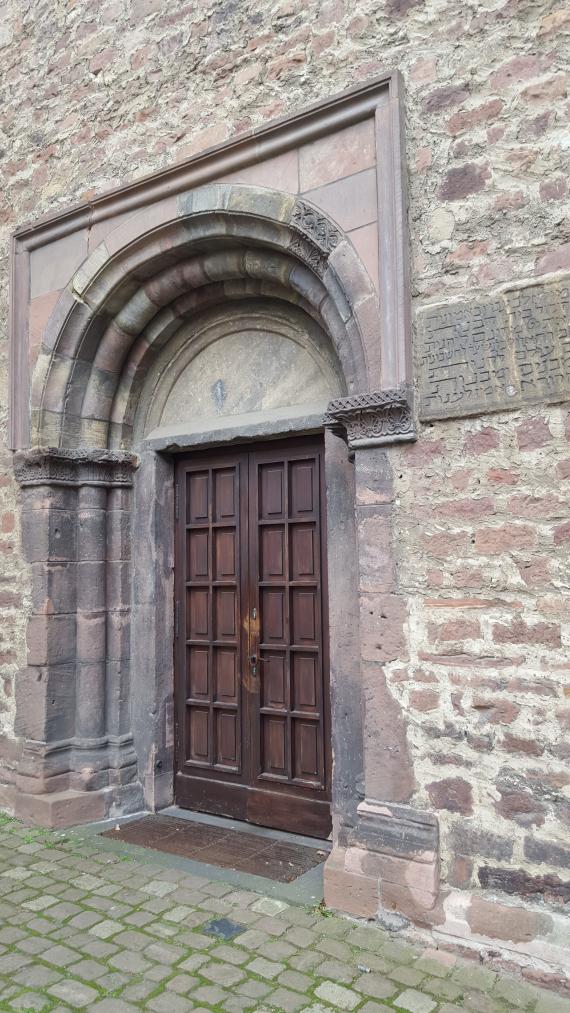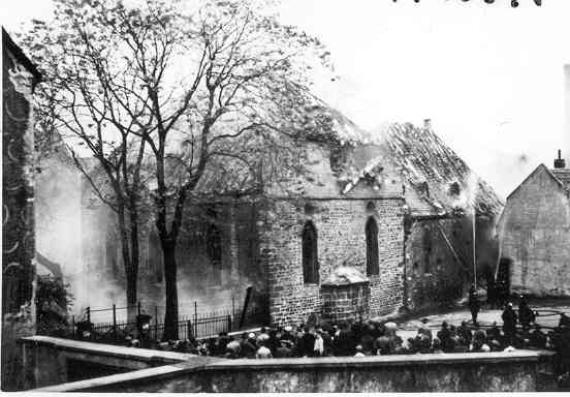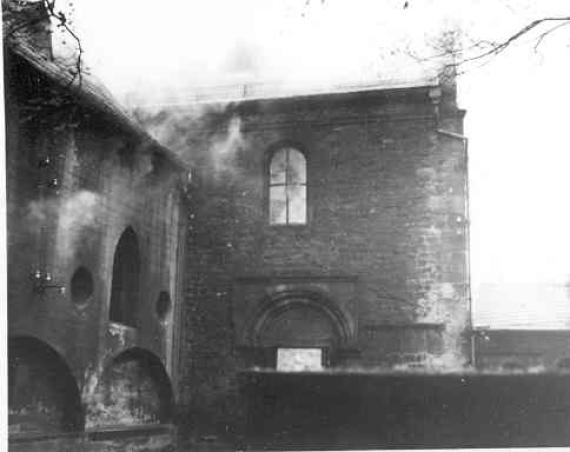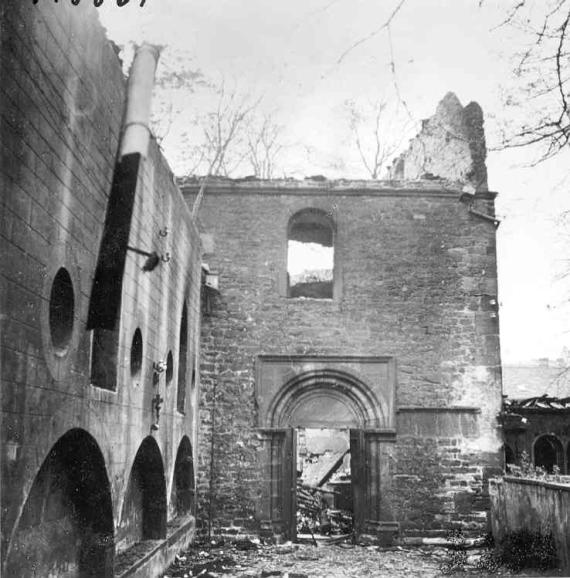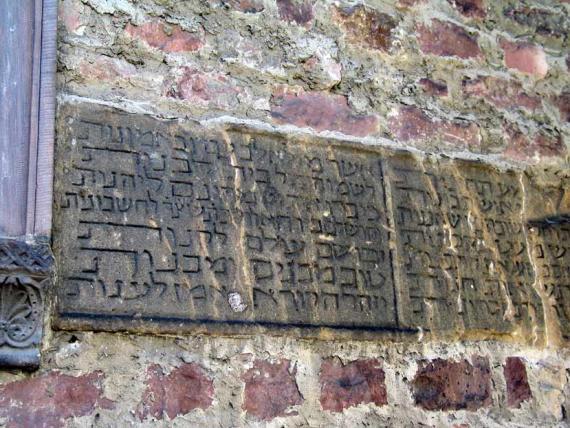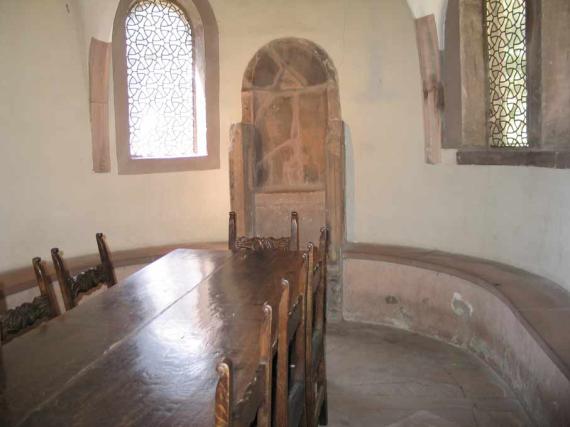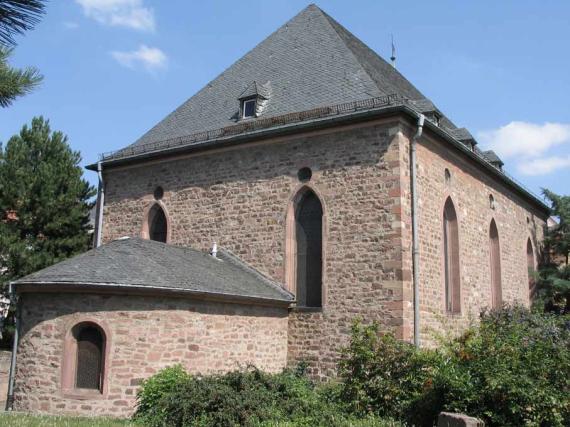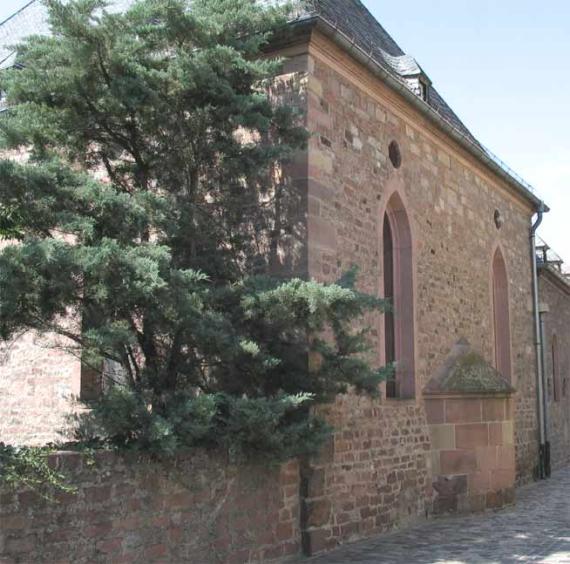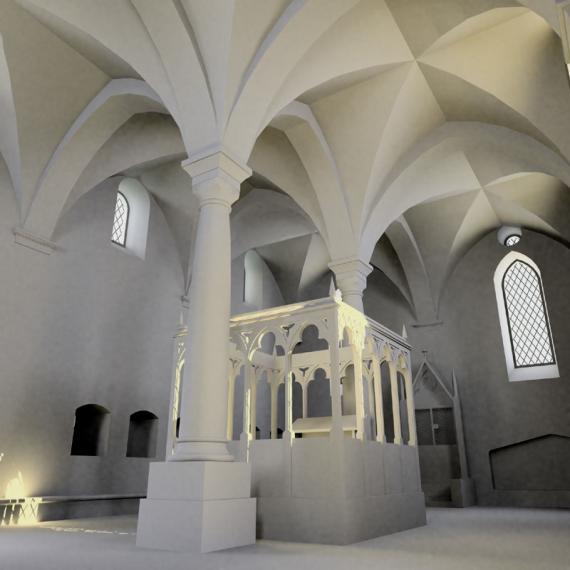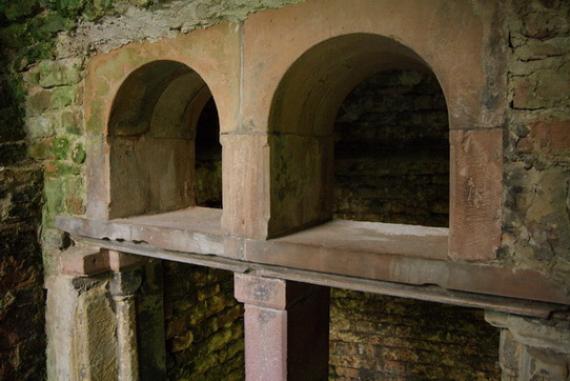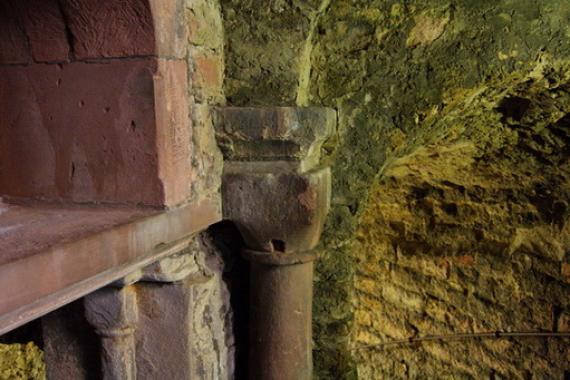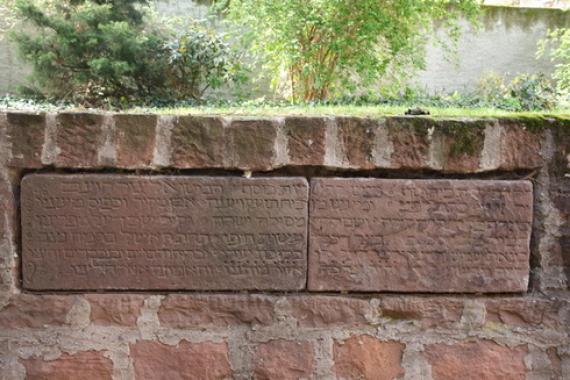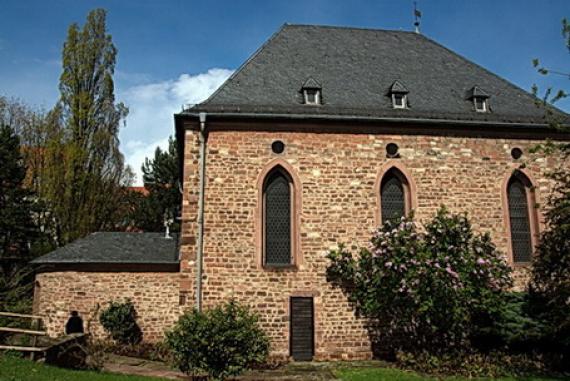Adresse
Synagogenplatz
67547 Worms
Germany
Koordinate
49.63371965166, 8.3663340945097
The present synagogue Worms goes back to the synagogue built in 1034. From this first building the founder's inscription has been preserved - today it is built into the outer wall next to the main portal. The synagogue was built as a hall with two columns (two naves) and a bima in the center. It was the first building of this type and set the trend for later synagogue buildings. In the same way synagogues were built in Regensburg (1210/1220), Prague (1260s), Vienna (1294) and Krakow (15th century)
.
In 1212/1213, an annex created the first women's school in Europe. By hearing slits was connected to the prayer room of the men, so that the women could orient themselves at the expiration of the men's services, however, they had own Kantorinnen and Vorbeterinnen. This building was also a model for other women's schools, for example in Speyer.
In 1934, the Jewish community of Worms celebrated the 900th anniversary of its synagogue. This anniversary was highly regarded in the Jewish world - nationally and internationally - and numerous congratulations and congratulations reached the community. Only from local politics no one came to the celebration.
Only four years later, the synagogue had to experience probably the greatest caesura in its history: In the November pogroms, the synagogue was destroyed by two arsons and was further demolished in the following years.
As early as the late 1940s, there was an initiative to rebuild the synagogue - accompanied by a discussion on whether a synagogue should be built without a Jewish community. Through advocacy of high-ranking politicians at the state and federal level, the synagogue was rebuilt from 1956/57 to 1961. In December 1961, the ceremonial rededication took place - but without a Worms Jewish community.
Today, Jews living in Worms belong to the JG Mainz and regular services are again held in the synagogue.
The Worms Synagogue is part of the serial application of SchUM sites for UNESCO World Heritage in 2020/21.
Ereignisse
Beschreibung
Dedication of the first synagogue in Worms
Epoche universalgeschichtlich
Import Quelle
grellert_access_mdb
Beschreibung
Damage during the first crusades
Epoche universalgeschichtlich
Import Quelle
grellert_access_mdb
Beschreibung
It is the first synagogue with two columns and thus the allusion to the Jerusalem Temple
Epoche universalgeschichtlich
Import Quelle
grellert_access_mdb
Beschreibung
In 1212/1213 a women's school was added. It is the first known women's school in Europe.
Epoche universalgeschichtlich
Import Quelle
grellert_access_mdb
Beschreibung
Damage during the pogroms at the time of the Black Death (plague); timely reconstruction
Epoche universalgeschichtlich
Import Quelle
grellert_access_mdb
Beschreibung
Talmud school destroyed, further damages
Epoche universalgeschichtlich
Beschreibung
Expansion, including Rashi Lehrhaus
Epoche universalgeschichtlich
Beschreibung
War of the Palatinate Succession
Epoche universalgeschichtlich
Beschreibung
baroque architecture
Epoche universalgeschichtlich
Beschreibung
During the November pogroms on 9 and 10 November 1938, the synagogue was destroyed by two arsons.
Epoche universalgeschichtlich
Beschreibung
the burnt ruins of the synagogue are further destroyed and demolished.
Epoche universalgeschichtlich
Beschreibung
Aerial bombardments
Epoche universalgeschichtlich
Beschreibung
North portal of the synagogue
Epoche universalgeschichtlich
Beschreibung
Reconstruction of synagogue and women's school, inauguration in 1961.
Epoche universalgeschichtlich
Beschreibung
First superstructure in 1947; official start reconstruction in 1957.
Epoche universalgeschichtlich
Literatur
Arnsberg, Paul, Die Jüdischen Gemeinden in Hessen, Bd 2. Frankfurt, 1971
Paulus, Simon, Die Architektur der aschkenasischen Synagoge im Mittelalter . Brauschweig, 2005
Böcher, Otto, Die Alte Synagoge zu Worms, in: Fünfzig Jahre Wiedereinweihung der Alten Synagoge zu Worms, Worms 2011.
Puvogel, Ulrike / Stankowski, Martin/ Graf, Ursula , Gedenkstätten für die Opfer der Nationalsozialisten Teil 1. Bonn, 1995
Redaktionell überprüft
Aus
